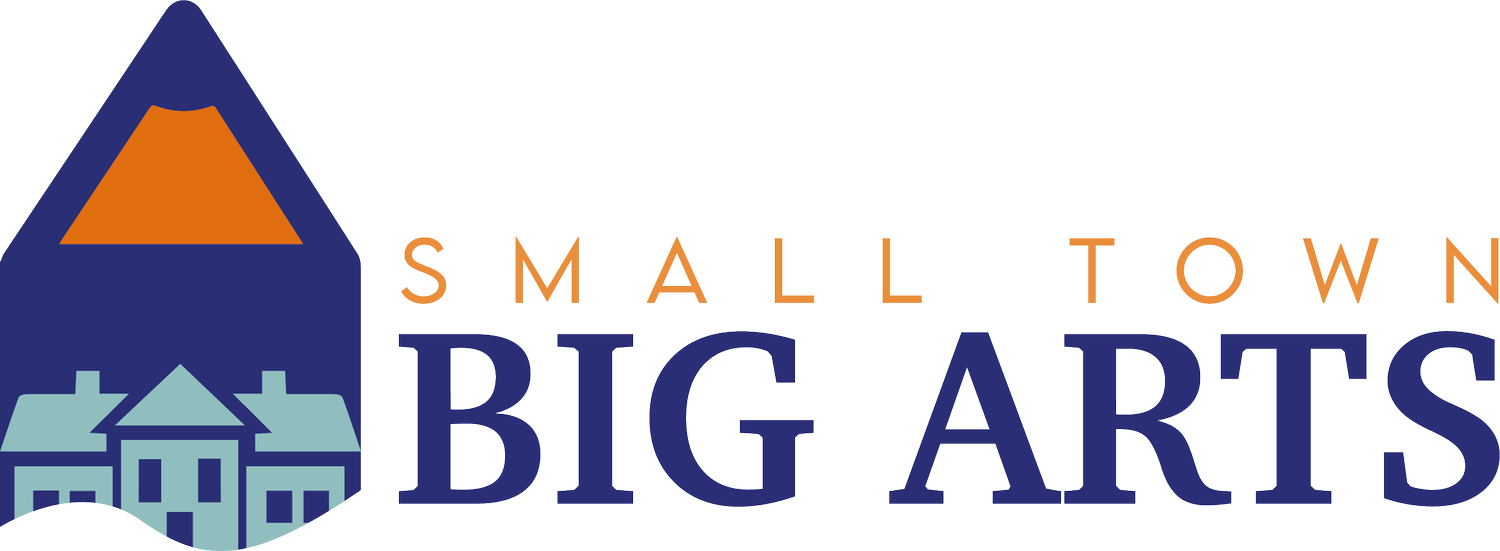The Obstacle Is the Way: Reimagining Arts Delivery in Crisis
How to Use This Article: Share this with colleagues, board members, funders, and fellow arts leaders who are feeling stuck in the cycle of scarcity and fear. Use it as a provocation in strategic planning sessions, visioning retreats, or sector conversations where new models and bold thinking are not only welcomed—but necessary.
—-
I received an email last week from a reputable nonprofit consultant and thought leader. Instead of finding it inspiring, I found it exhausting. Once again, it delivered the familiar refrain: the sector is broken and under threat.
“Nonprofit leaders are under pressure. Funding is vanishing. Public trust is eroding. And the federal government? They're slashing support and casting serious doubt on the work we do.”
All of this is true, but I’m also tired of talking about how broken we are. Aren’t you? We heard this same message before 2025. Yes, the urgency has increased, but the trajectory has never been in our favor. So why are we still taking the same damn approach?
We all know the system isn’t working well. It hasn’t for decades. In my sector, the cultural arts, every day is a battle. We operate in a free-market system while clinging to an antiquated model of patronage to subsidize our chronically unbalanced revenue and expense structures. It doesn’t take much to shove our faces in the mud. We are always one economic downturn or political shift away from crisis.
I don’t want to dismiss the seriousness of this moment. It is serious. But I also wonder: is it time to reimagine the ways we institutionally deliver the arts? Or, at the very least, to develop alternative models that are not so vulnerable to political attacks, the whims of the donor class, and the national visibility of your organization?
With renewed threats to the National Endowment for the Arts, a veil has been lifted for many in the arts community. Outside of the funds that flow through state commissions and councils, NEA grants have long felt out of reach for a wide range of arts organizers. This inaccessibility is largely a result of the NEA’s tiny share of the federal budget. Few complain because the symbolism of public funding is powerful, and the mere existence of the NEA is worth defending.
But as many prominent institutions now speak openly about losing their NEA grants, a pattern becomes undeniable for those who do not receive direct NEA funds: there are organizations who gain access, and there are outsiders, especially those in smaller or rural communities, who remain on the margins. I don’t say this with malice, but structural scarcity is real and too few are willing to name it aloud.
So we must ask: Why are we fighting so hard for a seat at a table that seems unable to set a place for us?
I’m not advocating that we abandon the fight for public funding. I am the incoming Chair for the Virginians for the Arts and I will personally spend the next couple of years deeply advocating for arts funding on the state level. We must continue to make the case and do the work for public funding’s place in our struggles to create healthy arts organizations. But some of us must also begin experimenting, boldly and unapologetically, with new ways to support the arts. We need models that are rooted in community, flexible in their resource structures, and less dependent on gatekeeping systems that don’t always serve us.
Marcus Aurelius said, “The obstacle is the way.” This core Stoic belief reminds us that obstacles are not barriers; they are invitations. The current funding crisis is more than a warning. It is a crossroads. While some forces are working to dismantle the institutions that protect freedom of expression, what if we responded not just with defense but with reinvention?
What if we built artist co-ops that controlled their own revenue streams? What if we returned to membership-based guilds, where supporters fund not buildings, but living creative practice? What if more arts nonprofits became public-benefit corporations or even mutual aid networks, driven not by scarcity but by solidarity?
I am tired of victimhood narratives. I am tired of emails with subject lines like “Funding is vanishing.” Those messages were circulating long before the Trump era. At this point, it feels like I’m fighting for crumbs under the table instead of learning how to grow and cook my own food.
I don’t claim to know exactly what the future looks like. But I know it won’t be found in repetition. It will be built by those of us willing to question everything, try something different, and risk failure for the sake of something different and maybe, just maybe, something better.
If you’re feeling this too, exhausted yes, but ready, then let’s start a new conversation. Let’s trade resignation for imagination. The way forward won’t be easy. But it will be ours.

